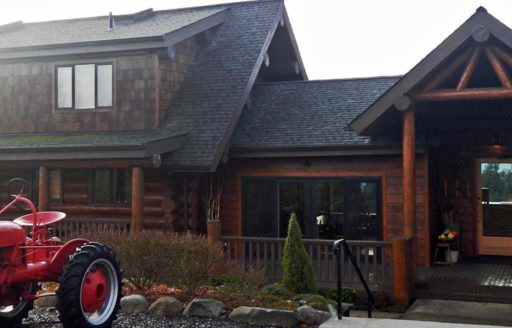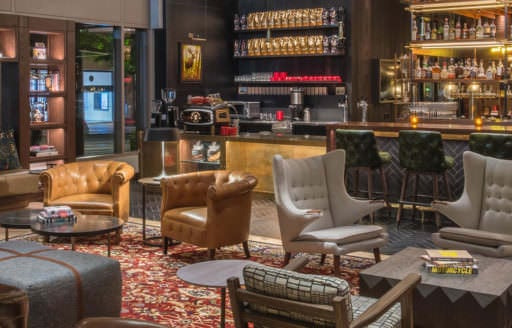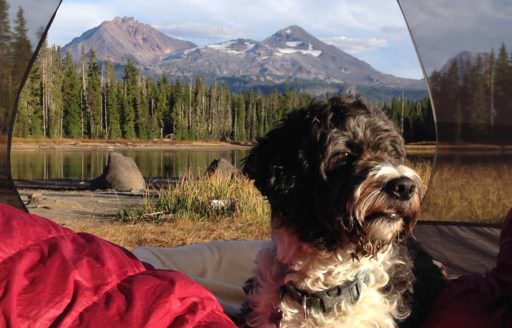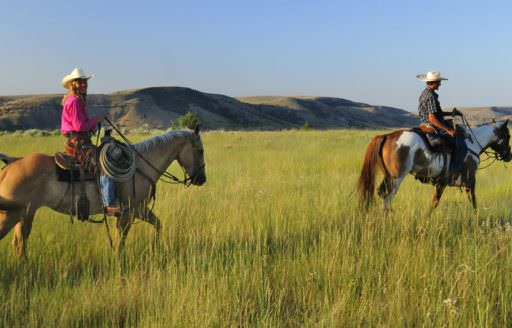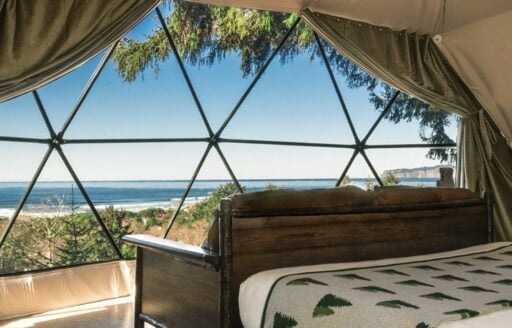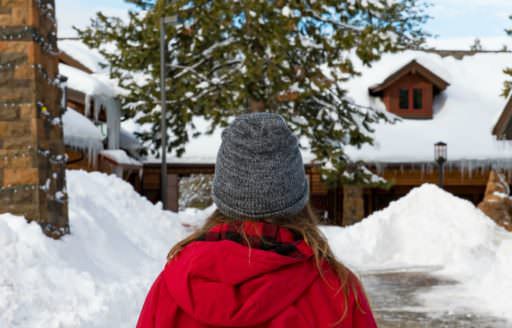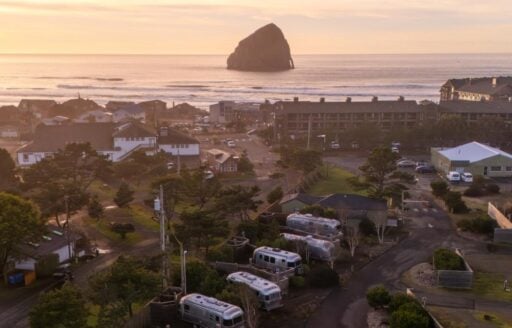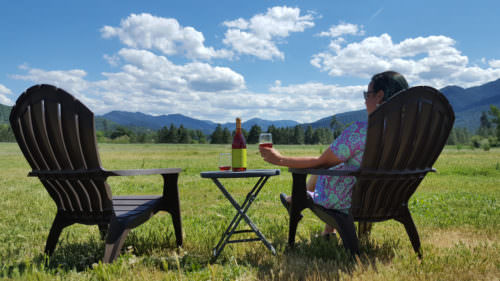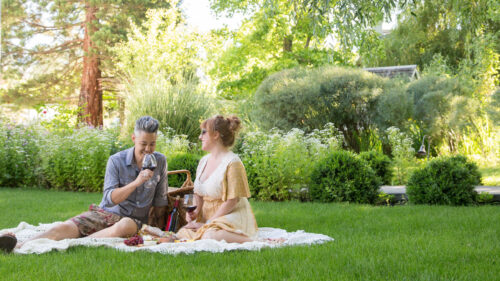Everyone loves a little secret. While it’s not quite right to say award-winning MÄS is truly a secret, this hidden restaurant still manages to make dinner feel like a clandestine rendezvous — no mean feat for a restaurant in small-town Ashland.
You’ll find MÄS down a pedestrian-only alley paralleling Ashland’s main street. There’s no obvious signage and few other businesses nearby. If you feel like you’re in the wrong place, just look for the fancy lantern. Once you’re there, you might wonder where the food is actually made — they couldn’t possibly prepare everything from that minuscule galley kitchen, could they?
Indeed they do. Here, far from any major metropolitan area, in a tiny restaurant with an even tinier kitchen, chef and owner Josh Dorcak and his team have created a unique fine-dining experience gaining national critical acclaim by the New York Times and James Beard Foundation — and the roots of their “Cascadian cuisine” are firmly embedded in the distinctive landscape of Southern Oregon, itself a lush microcosm of the larger regional foodshed. Here’s how and why you should book the ultimate Oregon-inspired meal at MÄS as part of your Ashland cultural experience.
From Pop-Up to National Recognition
Home to the Oregon Shakespeare Festival and a thriving arts scene, Ashland is surrounded by one of the most biodiverse regions in the state, with rare wildflowers, giant sequoias and some of the most distinctive geology on the West Coast.
That diversity also extends to the edible natural world. The Rogue Valley’s fertile soils and long, warm summers ripen summer squash and syrah with ease. High mountain slopes lined with pine and fir erupt in chanterelle and matsutake mushrooms each fall. Rushing rivers packed with trout meander their way to the Pacific, where Oregon fishers send halibut, salmon, Dungeness crab and oysters to seafood markets around the world.
So it makes sense that in Ashland, a town known for thinking differently, a restaurant like MÄS would elevate local ingredients to an art form. Dorcak started MÄS in 2018 as a pop-up in the basement of Mix Bakeshop, a locals’-favorite bakery and ice cream spot in the center of town. He’d worked at other restaurants in Ashland, as well as fine-dining kitchens in San Francisco and Portland, but he had a vision for a “Cascadian cuisine” that applies precise Japanese and French techniques to the extraordinarily high-quality ingredients — farmed and foraged — available nearby. The result is a style of cooking that feels simultaneously hyper-local (manzanita berries, anyone?) and deeply linked to a larger context.
He’d written off the idea as too ambitious for the relatively small town of Ashland until a visit to Tokyo, where he ate exquisite food at tiny restaurants where every dish was cooked and served by the owner themselves. “I moved back to town and pretty much immediately quit my job and started this,” says Dorcak. He named it MÄS after the Spanish word for ‘more’ to encapsulate his vision that it’s always possible to offer more to diners. (The umlaut? Just for style.)
His gamble paid off: Dorcak has been a finalist twice for the James Beard Best Chef: Northwest and Pacific Award (2023 and 2024), and the restaurant was named one of the country’s 50 best by the New York Times in 2022.
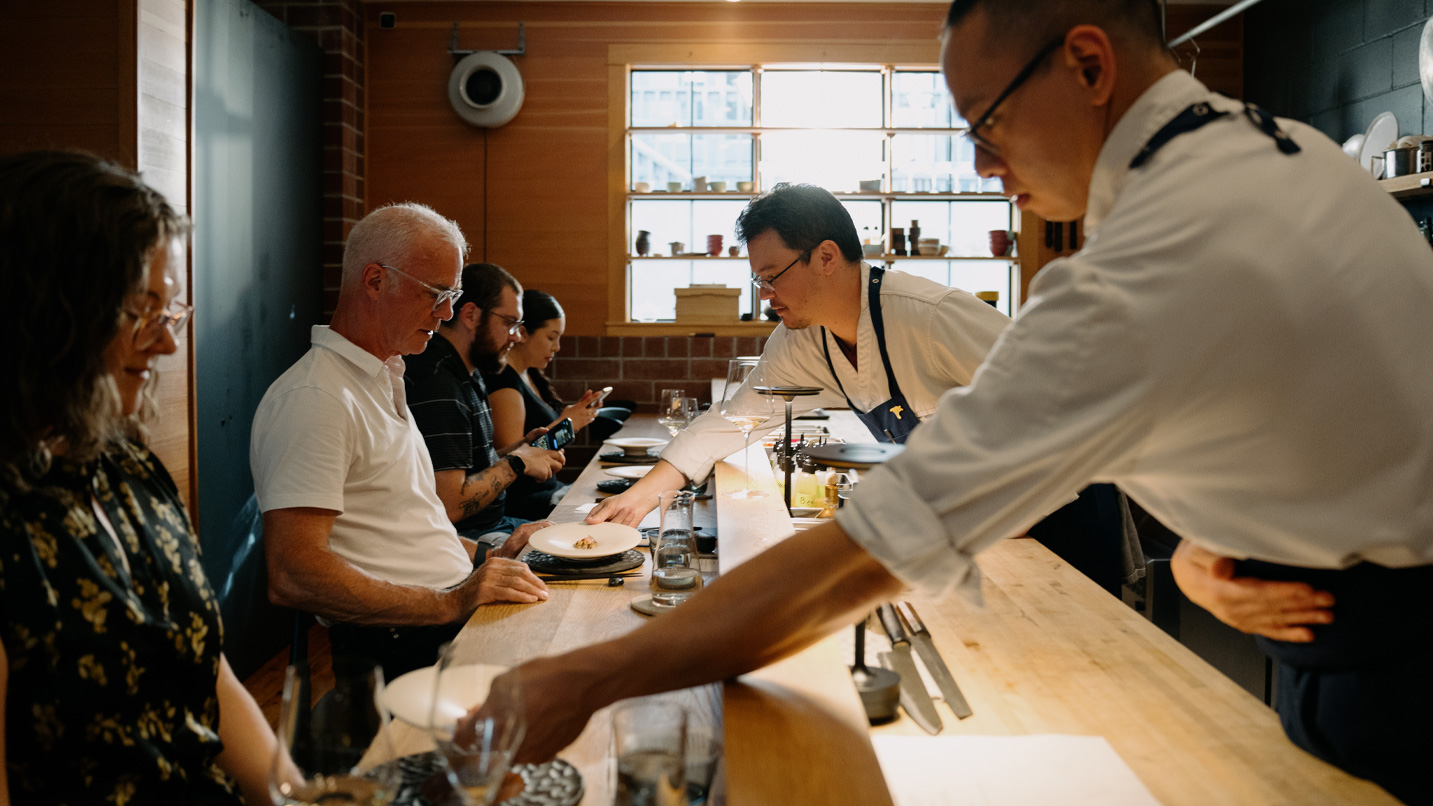
A Tiny Kitchen Transforms Flavors
MÄS offers just a handful of seats at the chef’s counter, plus a few small tables down the hall — and there are no servers. Instead, every dish is delivered by one of the people who made it, including Dorcak, who presides over daily service. That means meals here are intimate, with a laid-back, convivial vibe that encourages curious eaters to ask questions and chat with the chefs and one another.
MÄS’ menu changes not just seasonally but “micro-seasonally,” shifting week by week to highlight ephemeral ingredients like the foraged fresh-tip growth of various trees or fall’s unpredictable parade of wild mushrooms. Produce comes from local growers like Red Buttes Farm, Victory Garden and Orange Marmalade Farm.
Each meal at MÄS starts the same way: with a warm cup of savory seaweed tea, an umami-packed broth built on Oregon Coast kombu (kelp) and featuring a variety of other ingredients, from shiitake mushrooms and charred onion to katsuobushi (dried bonito), served in a handmade ceramic bowl. Dorcak calls it MÄS’ signature welcome.
From there, a rapid succession of jewel-like dishes arrives from the galley kitchen, with visitors watching some of the cooking and plating unfold in front of their own eyes. It’s a marvel to note that the only source of heat is a couple of induction burners and a steam oven, plus a grill out back. Under Dorcak and his team’s meticulous hands, familiar Oregon ingredients like Pacific halibut, morels, lamb and Clausen oysters — which Dorcak calls the “quintessential West Coast oyster” — take on new forms. “We almost always do something to each product,” says Dorcak. That might mean curing, dry-aging, fermenting, salting, pressing, dehydrating or pickling.
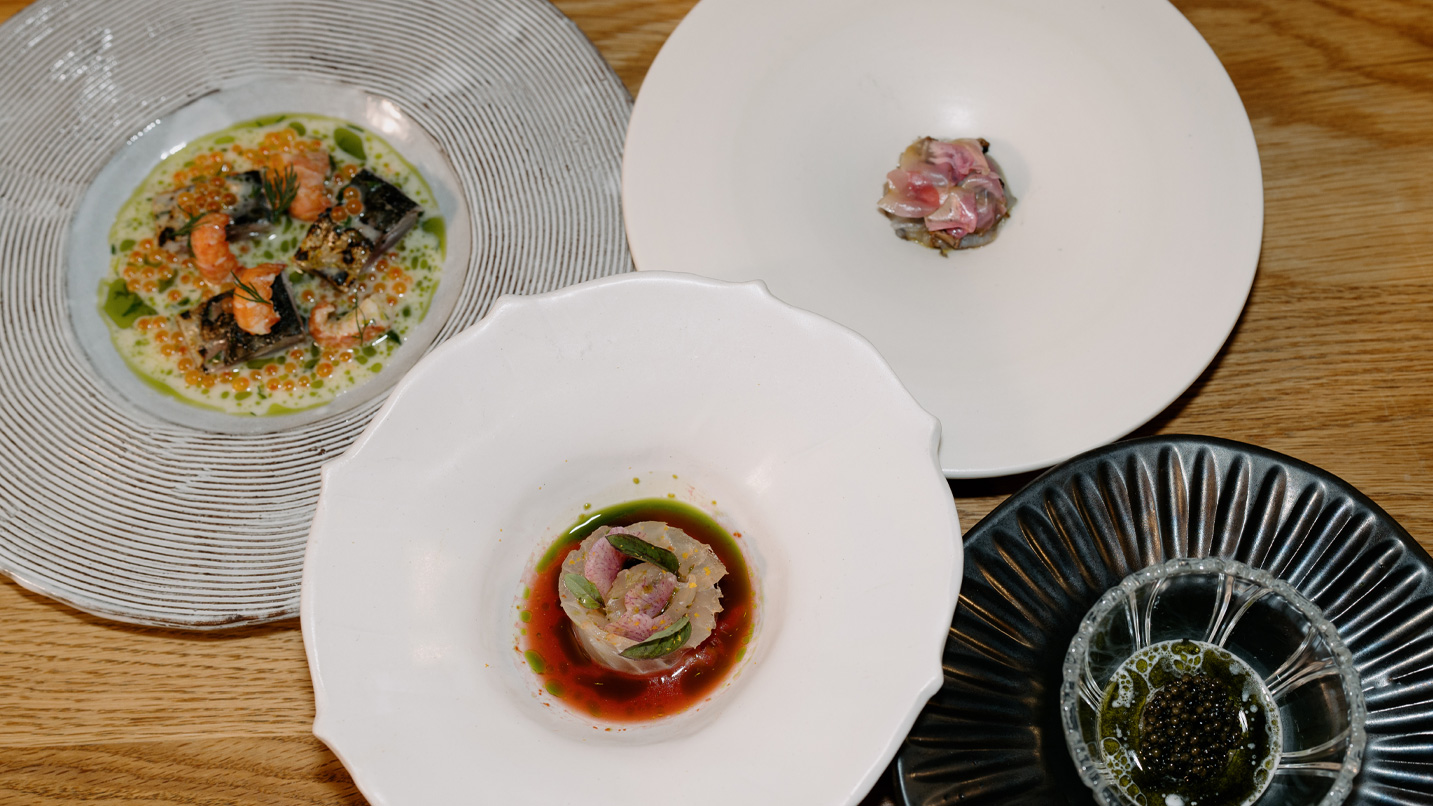
Showcasing the Best of the Region in Food and Wine
Three exquisite small plates on a recent prix fixe menu highlight Dorcak’s talents. An oyster dish described simply as “oyster, nori & caviar” arrived in a faceted glass bowl with a small pool of frothy liquid at the bottom, laced with dots of emerald-green oil. Beneath the surface of the liquid was a piece of seafood with the shape and texture of a scallop but the unmistakably briny, savory flavor of a Pacific oyster. It was an oyster emulsion made with Clausen oysters from Coos Bay, explained Dorcak, topped with a shio-koji oyster cream, drizzled with nori and kimchi oil, and studded with briny pops of caviar. The effect is mind-bending, with familiar flavors approached from an unforeseen direction.
The next dish was a mix of land and sea. Wild crawfish harvested in Sisters in Central Oregon appeared alongside fat slices of Rogue Valley summer squash. Accompanying that version of surf and turf were chunks of line-caught Pacific mackerel, cured in salt and sake according to a traditional Japanese technique, and then grilled.
Another dish showcased dry-aged Anderson Ranches lamb, farmed about 150 miles north in Brownsville, topped with morels braised in clarified butter and local carrots, and served with an unexpected lemony ponzu sauce, usually used to dress fish in Japan.
Two different beverage pairings are available: a wine and sake pairing, which often features Rogue Valley wines from nearby producers like Cowhorn Vineyard or Irvine & Roberts Vineyards; and a nonalcoholic pairing featuring teas, tinctures, sodas and ferments made entirely in-house and highlighting those same special flavors of the Rogue Valley. On a recent visit, a woodruff and whey tea scented with vanilla and honey paired beautifully with goat-milk sherbet.
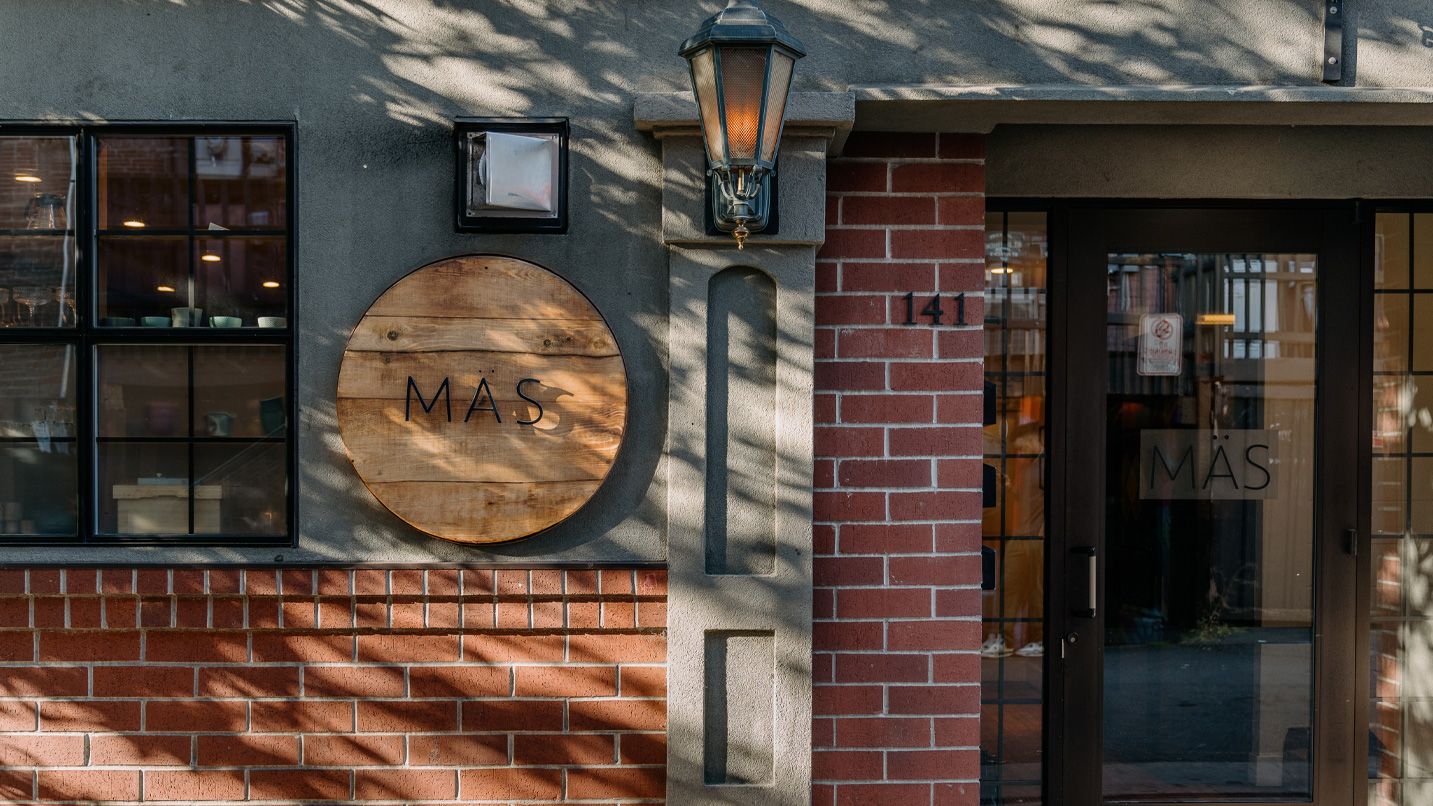
If You Go:
Reservations are essential. Reserve a seat or table online by purchasing a ticket, which includes tax and gratuity. Beverage pairings — alcoholic and nonalcoholic — and glass pours are available as an add-on.
During the Oregon Shakespeare Festival’s season, much of the city’s nightlife revolves around plays. MÄS offers two seatings per night — one at 5 p.m., one at 8:15 — timed to dovetail neatly with matinees or evening shows.
Book a room nearby at Ashland Springs Hotel, which occupies a historic nine-story Art Deco building. It offers an on-site spa and guest rooms equipped with fluffy down comforters and views of the surrounding hills. Another option is Lithia Springs Resort, a couple of miles north of downtown, which features a large, spring-fed outdoor soaking pool and hot tub.



